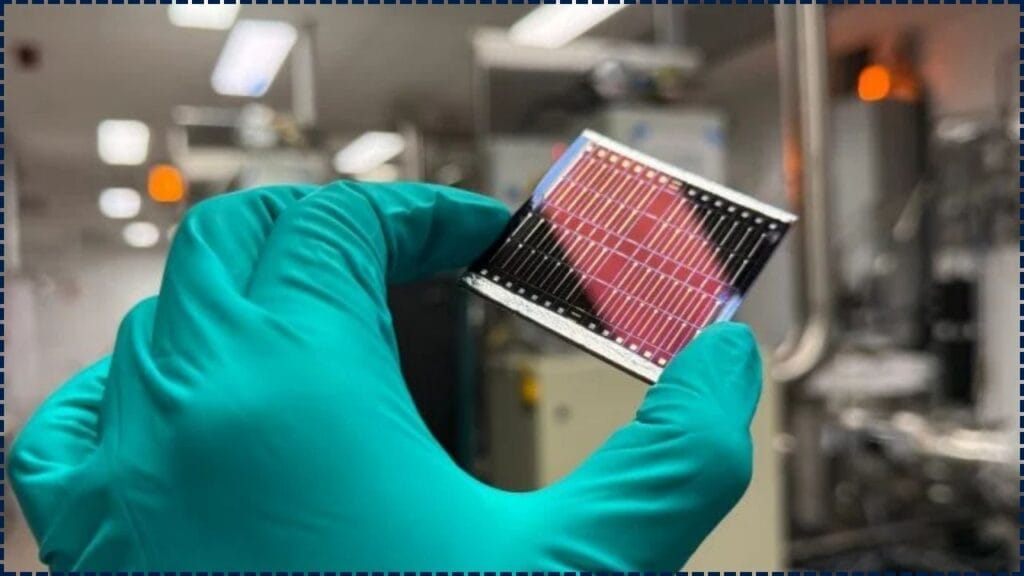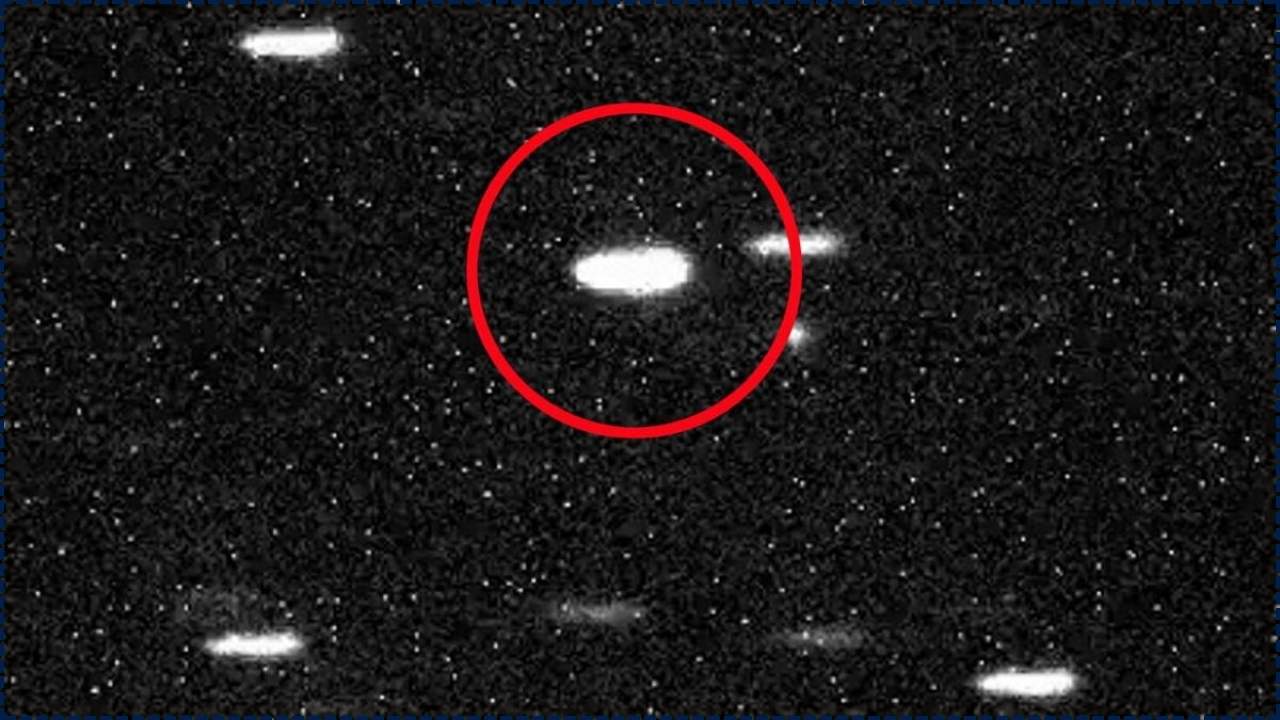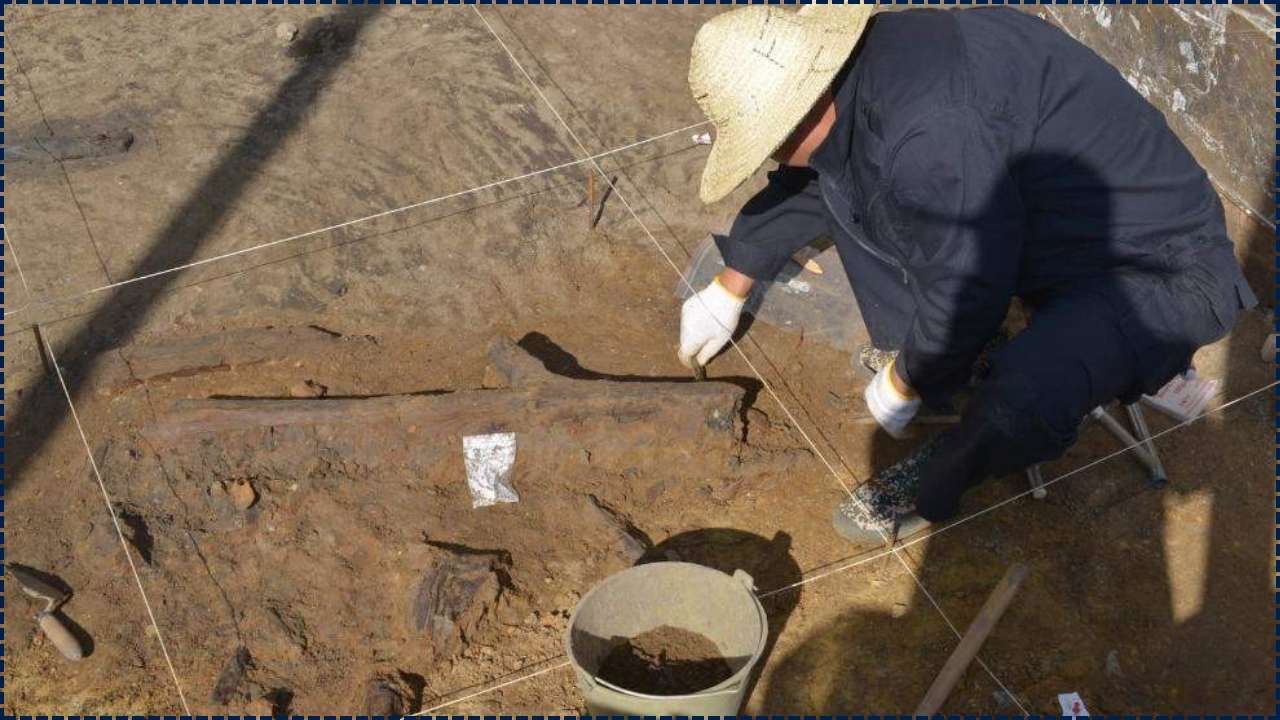Solar Power Breakthrough: The solar world just got a jolt of excitement, y’all. A new kind of solar material called Kesterite has officially hit 13.2% efficiency, and that’s no small potatoes. For decades, the big dogs in the game have been silicon and perovskite, but this humble underdog—made from everyday elements like copper, zinc, tin, and sulfur—is stepping up hard.

Developed by a team at the University of New South Wales (UNSW), this breakthrough means we might soon have greener, cheaper, and more sustainable solar panels powering homes, businesses, and even your uncle’s off-grid fishing shack.
Solar Power Breakthrough
| Feature | Details |
|---|---|
| Material | Kesterite (Cu₂ZnSnS₄ or CZTS) |
| Efficiency Achieved | 13.2% |
| Breakthrough Method | Hydrogen annealing to fix internal defects |
| Eco-Friendly? | Yes. Uses non-toxic, earth-abundant materials |
| Cost of Production | Lower than traditional silicon or perovskite |
| Best Use Cases | Rooftop panels, remote solar systems, tandem cells |
| Published In | Nature Energy Journal |
| Research Lead | Prof. Xiaojing Hao (UNSW) |
| Official Source | UNSW Newsroom |
Kesterite is lighting the way to a cleaner, cheaper, and more sustainable solar future. With its 13.2% efficiency record, this low-cost, non-toxic material is breaking through the ceiling—and shaking up the dominance of silicon and perovskite. It’s got room to grow, but make no mistake: this is one to watch.
As the world races to ditch fossil fuels, kesterite might just be the next big power move. Whether you’re a scientist, a solar customer, or just someone who wants to keep the lights on without killing the planet, this breakthrough matters.
What Is Kesterite, and Why Should You Care?
Kesterite is a mouthful of a name, but it’s built from basic stuff: copper, zinc, tin, and sulfur. Unlike silicon, which needs some heavy-duty processing, kesterite is way more chill to manufacture. It doesn’t rely on rare-earth elements or toxic metals like lead (lookin’ at you, perovskite).
That makes it a dream material for the green energy crowd. We’re talkin’ low environmental impact, earth-abundant supply, and simple supply chains. It’s solar power for the people, not just the high-tech labs.
How Did Kesterite Hit 13.2% Efficiency?
The Secret Sauce: Hydrogen Annealing
Let’s geek out for a second. Efficiency in solar cells means how much sunlight gets turned into usable electricity. Traditional kesterite cells were hangin’ around 11%—respectable, but not game-changing.
Then came the magic trick: hydrogen annealing. The researchers at UNSW baked the solar cell in a hydrogen-rich oven. That helped clear out microscopic defects—think of them like potholes in the energy highway. Once smoothed out, the electrons could cruise through without getting stuck. That bumped the efficiency up to a record 13.2%.
What Does That Number Really Mean?
While silicon solar panels average around 20–25% efficiency, they’re costly and energy-intensive to make. Kesterite’s numbers aren’t topping the charts yet, but the low cost and environmental benefits mean it could compete seriously—especially as efficiency climbs toward the 15% target.
Kesterite vs. Silicon vs. Perovskite: The Solar Showdown
| Attribute | Kesterite | Silicon | Perovskite |
|---|---|---|---|
| Efficiency (Current) | 13.2% | 20-25% | Up to 25.7% (lab) |
| Toxicity | Non-toxic | Non-toxic | Contains lead |
| Material Abundance | High | Medium | High |
| Stability | High | High | Low (degrades easily) |
| Cost to Manufacture | Low | High | Low |
| Commercial Availability | Emerging | Established | Experimental |
If you want something clean, green, and cheap, kesterite is catching fire. It might not be the alpha dog yet, but it’s definitely in the race.
Where Kesterite Could Make the Biggest Impact
Off-Grid and Rural Installations
Cheap to make and easy to scale, kesterite panels could be clutch for rural America or international communities with no access to stable power. Think farms, cabins, or even tribal lands where infrastructure is scarce.
Tandem Solar Cells
Scientists are hyped about stacking kesterite cells on top of traditional silicon to create tandem cells. This setup could capture more of the sunlight spectrum, pushing overall efficiency even higher. Like layering nachos—more delicious light converted into usable power.
Large-Scale Commercial Use
With low production costs and reduced reliance on rare elements, kesterite has major potential for solar farms, especially where budget constraints matter more than marginal gains in efficiency.
How the Breakthrough Was Achieved
Here’s the tech rundown in bite-sized form:
- Fabrication: Kesterite thin films were prepared with copper, zinc, tin, and sulfur precursors.
- Annealing: The films were baked in a hydrogen atmosphere, reducing internal flaws.
- Testing: Measured under standard solar simulation conditions to verify power conversion.
- Certification: Results certified by independent labs and published in the Nature Energy journal.
This isn’t just lab fluff. It’s a real, peer-reviewed leap forward in the renewable space.
What This Means for Jobs and Industry
Career Paths in Clean Energy
As solar tech like kesterite matures, there’s a rising need for:
- Solar installers
- Thin-film engineers
- Environmental chemists
- Energy policy experts
Programs from the U.S. Department of Energy and local trade schools are already pivoting to include training in emerging solar tech.
Startups and Manufacturing
Got a big idea? Now’s the time. American cleantech startups could use kesterite to cut manufacturing costs, tap into grants, and help meet national clean energy goals.
FAQs
Q: Is 13.2% efficiency enough for real-world use?
A: Yes, especially in places where cost and sustainability outweigh raw power output. It’s a solid start.
Q: How soon can I buy kesterite solar panels?
A: Not quite yet. Most are still in the testing phase. But commercial models are expected by 2030.
Q: Can kesterite be recycled?
A: Yep! It’s made from non-toxic, common materials that can be safely reused.
Q: Is kesterite safer than perovskite?
A: Definitely. Perovskite cells often contain lead, which is a no-go in many regions.
Q: How can I invest in this technology?
A: Keep an eye on clean tech ETFs or university startups with a solar focus. The field’s just heating up.












